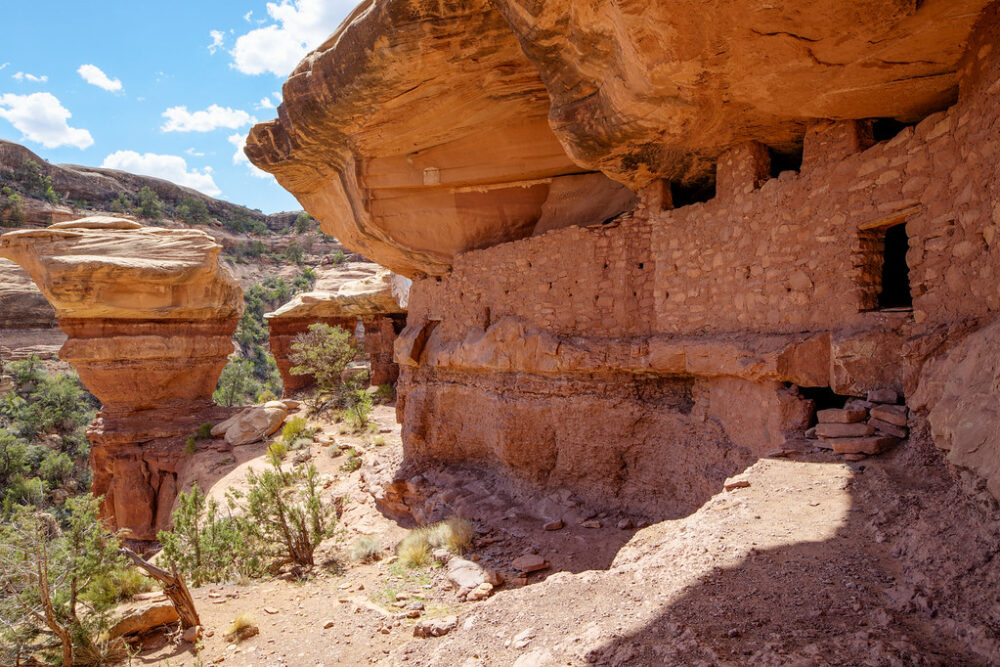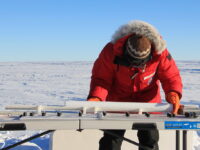In many ways, planet Earth is very much like a toxic relationship. It is beautiful in some moments, has destructive episodes via natural disasters, and is very secretive. Geologists have long been pondering a particular secret that the Earth has kept from us known as the Great Unconformity— a billion years missing from geological records. Are we truly in the dark, or is there some useful information hidden under the rocky surface?
Geologists have long been pondering a particular secret that the Earth has kept from us known as the Great Unconformity— a billion years missing from geological records.
The Utah Geological Survey describes an unconformity as “a type of geologic contact — a boundary between rocks — caused by a period of erosion or a pause in sediment accumulation.” In other words, imagine placing a layer of macaroni and cheese in a Tupperware container, waiting a whole year, and putting a new layer of macaroni on top of it. If the food was rock, the line that splits the new and aged layers of macaroni and cheese is called an unconformity. The key factor in an unconformity is age, in which the two layers vary extremely. In the case of the Great Unconformity, estimated to represent the rock record from Cambrian times (550 million years ago) and the pre-Cambrian (anything earlier), the difference in age between the two layers is thought to be more than a billion years.
Many theories involving the past are discovered through the study of fossils and carbon-dating once organic material. However, archaeologists have debated about the exact period the Great Unconformity represents. It is also unknown how it was removed, though it has probably gone either through erosion or another sediment movement. Conveniently, the Great Unconformity is seen most vividly throughout the Great Canyon. Studies from PNAS theorize that glaciation around the planet could have occurred during the Neoproterozoic era, as far as 720 million years ago. This would have led to massive amounts of erosion — a potential cause of this missing sediment layer. Allan Treiman, a member of the Lunar and Planetary Institute, explained that the Great Unconformity “represents a long span of time from 250 to 1200 million years in the Grand Canyon.” While we still don’t know exactly how much time the Great Unconformity represents, this gap in our Earth’s history is much too big to ignore.
While we still don’t know exactly how much time the Great Unconformity represents, this gap in our Earth’s history is much too big to ignore.
While it is worrisome that so much history is hidden from us, it is also humbling. The Great Unconformity is a reminder that the impact we make on the world is beyond the tangible, as all material shall erode and fade away in the sands of time. The time we have here should be cherished and used to its full extent, as the artifacts and societies we have built will eventually crumble. This proves that nothing is truly set in stone and, as the Great Unconformity reminds us, it is better to enjoy and focus on the present rather than stay in the past.
PNAS (2019). DOI: 10.1073/pnas.1804350116




